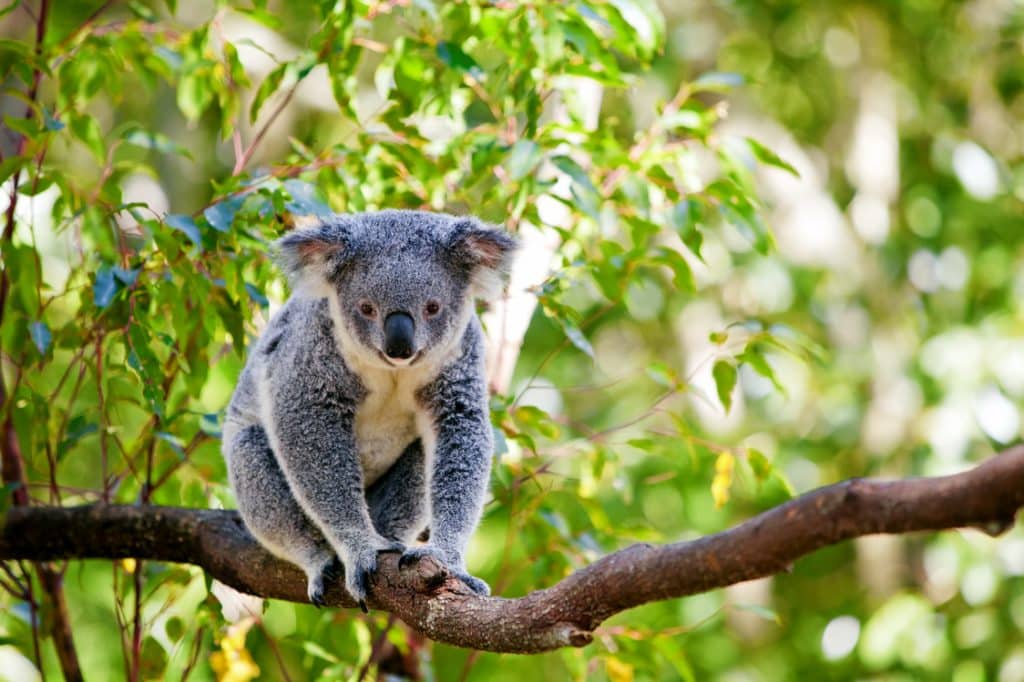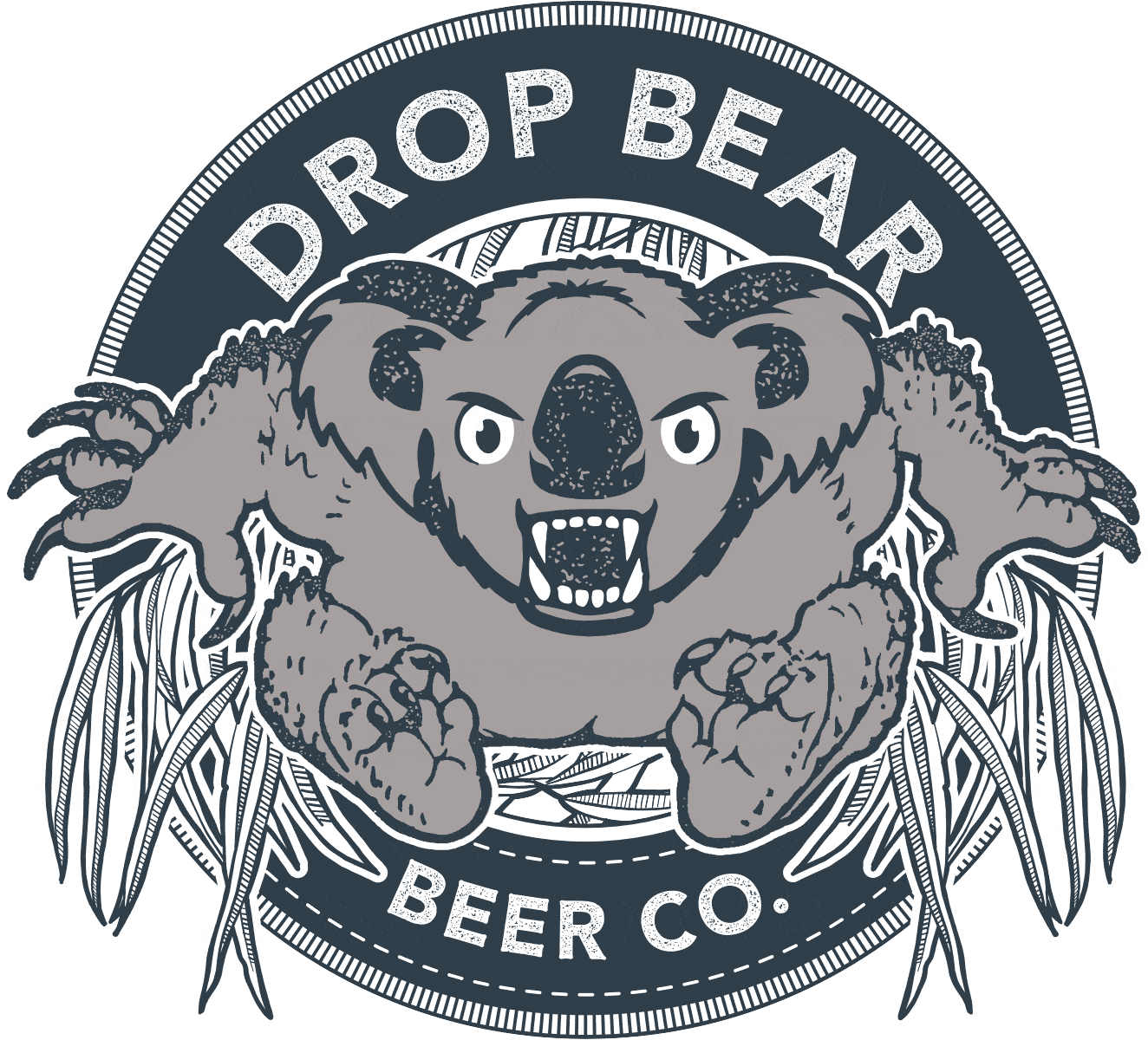DEEP IN THE AUSSIE BUSH.
LIES A BEAST CALLED DROP BEAR.
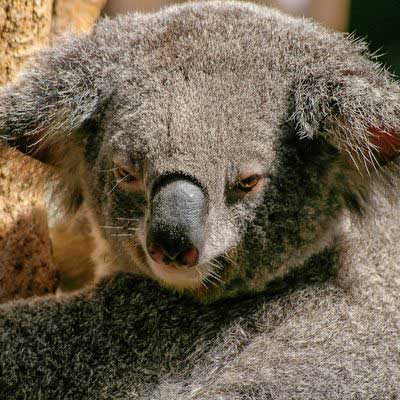
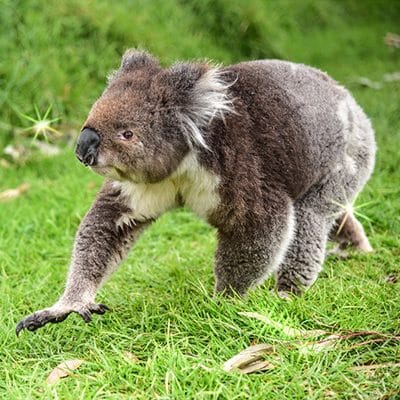
Drop Bear (a) in its habitat and (b) hunting homosapiens
Scientific name:
Thylarctos dropetus
THE DROP BEAR LEGEND TELLS OF A LARGE, ARBOREAL, PREDATORY MARSUPIAL RELATED TO THE KOALA THAT 'DROPS' ON ITS PREY.
IDENTIFICATION
Around the size of a golden retriever (but far more insidious), with coarse grey fur (as seen in most Koalas). The Drop Bear is told as a heavily built beast with powerful forearms for climbing and holding on to large cases of beer. It packs powerful canines and broad powerful premolars as hunting and beer opening tools.
HABITAT
Closed canopy forest as well as open woodland on the margins of dense forest. Most recently spotted in the UK in the proximity of a brewery producing the best alcohol-free beers, aptly named after the marsupial itself.
DIET
Drop Bears hunt by ambushing ground dwelling animals from above, waiting up to as much as eight hours to pounce and make a surprise kill. Once prey is within view, the creature will drop as much as ten metres to pounce on top of the unsuspecting victim. The initial impact often stuns the prey, allowing it to be bitten on the neck or face and quickly subdued.
If the prey is small enough, the beasts will haul it back up the tree to feed without harassment from other predators.
It has most recently been noted the beasts have acquired a taste for alcohol-free craft beers, perhaps due to ongoing drought conditions in its natural habitat.
DANGER TO HUMANS
The urban legend focuses on dog walkers being ‘dropped on’ by drop bears, resulting in injury including mainly lacerations and occasionally bites. Most attacks are considered accidental and there are no stories of incidents being fatal, at least in the UK.
It has been noted that providing a Drop Bear with a Drop Bear Beer will keep any risk at bay. More research is required to confirm this, however, we recommend taking precautions and stocking up on Drop Bear Beers.
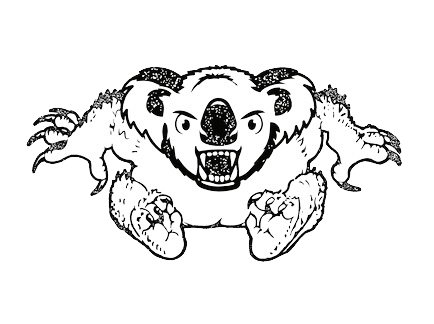
Genus: Thylarctos
Species: Dropetus
50kg, 61cm long, 40cm at the shoulder.
Closed forest, tall open shrubland.
Carnivorous
